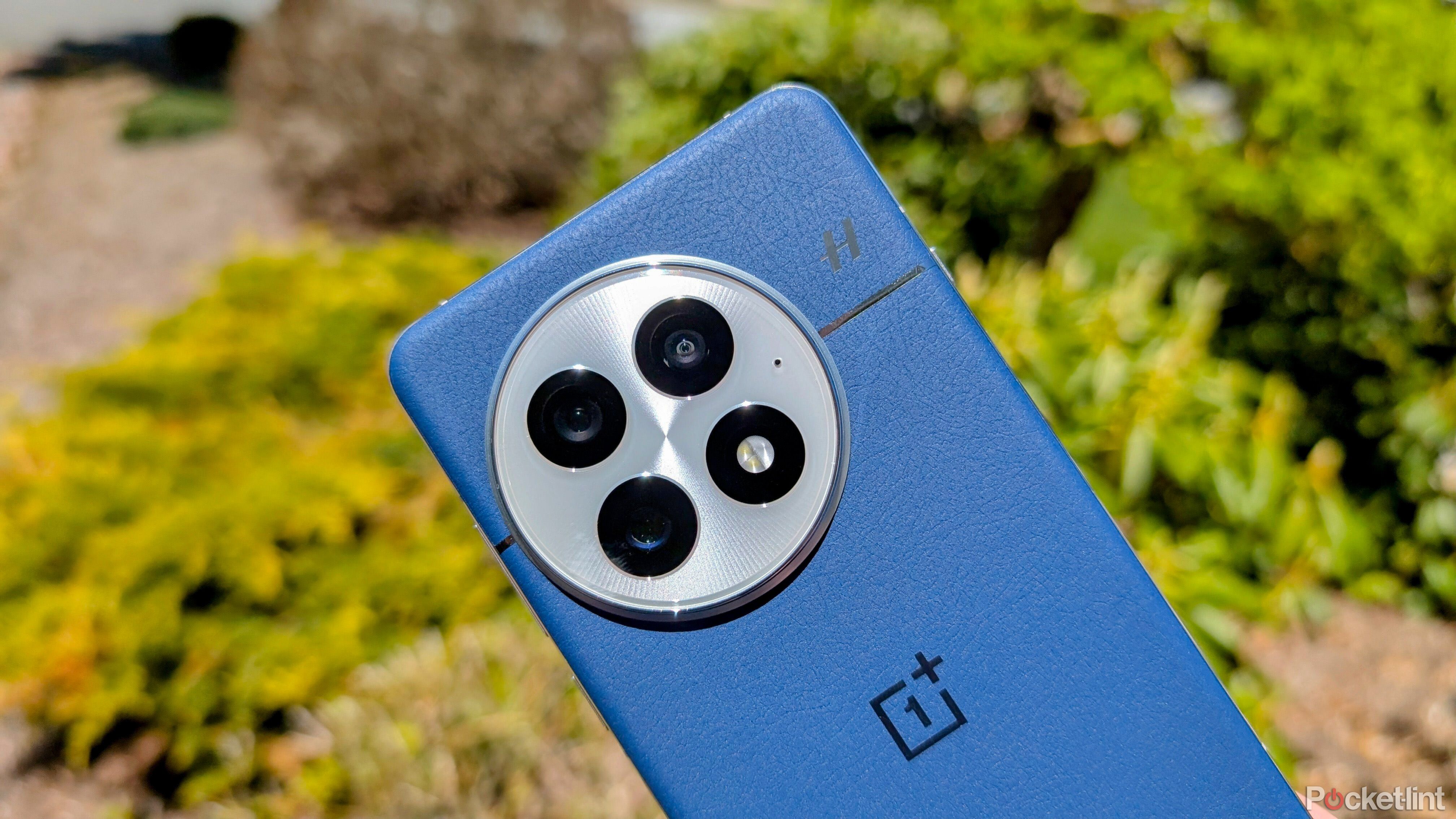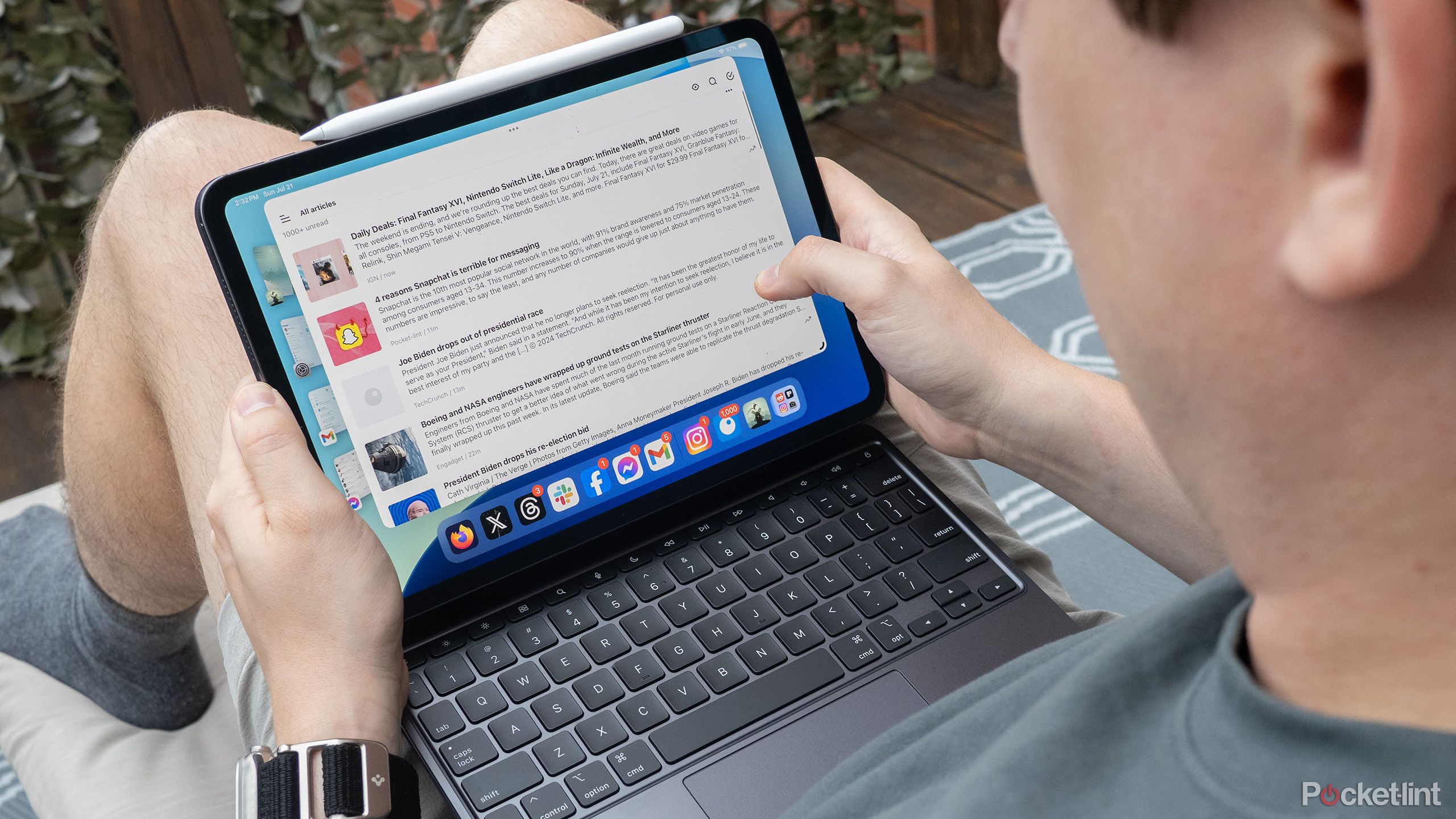New display technology is often a huge driver of change in consumer technology, whether it's a cutting-edge TV screen finally getting miniaturized so it can be used in smartphones and tablets, or bendable displays finally allowing for whole new form factors. We're lucky to live in a world where OLED screens have become the norm in most electronics. If I'm honest, though, I much prefer a "weirder" display. Something without traditional backlighting, or that isn't an LCD or OLED display at all.
The last few years have been marked by an explosion of devices with what you could describe as "alternative" display types, whether it's the E Ink panels Amazon helped popularize in the Kindle, the monochrome LCD used in the Panic Playdate, or the heavily modified reflective LCD used in the Daylight DC-1 tablet. There are real advantages to using one of these displays, but if you need convincing, here's why I'm drawn to devices that opt for a screen that isn't just another OLED.
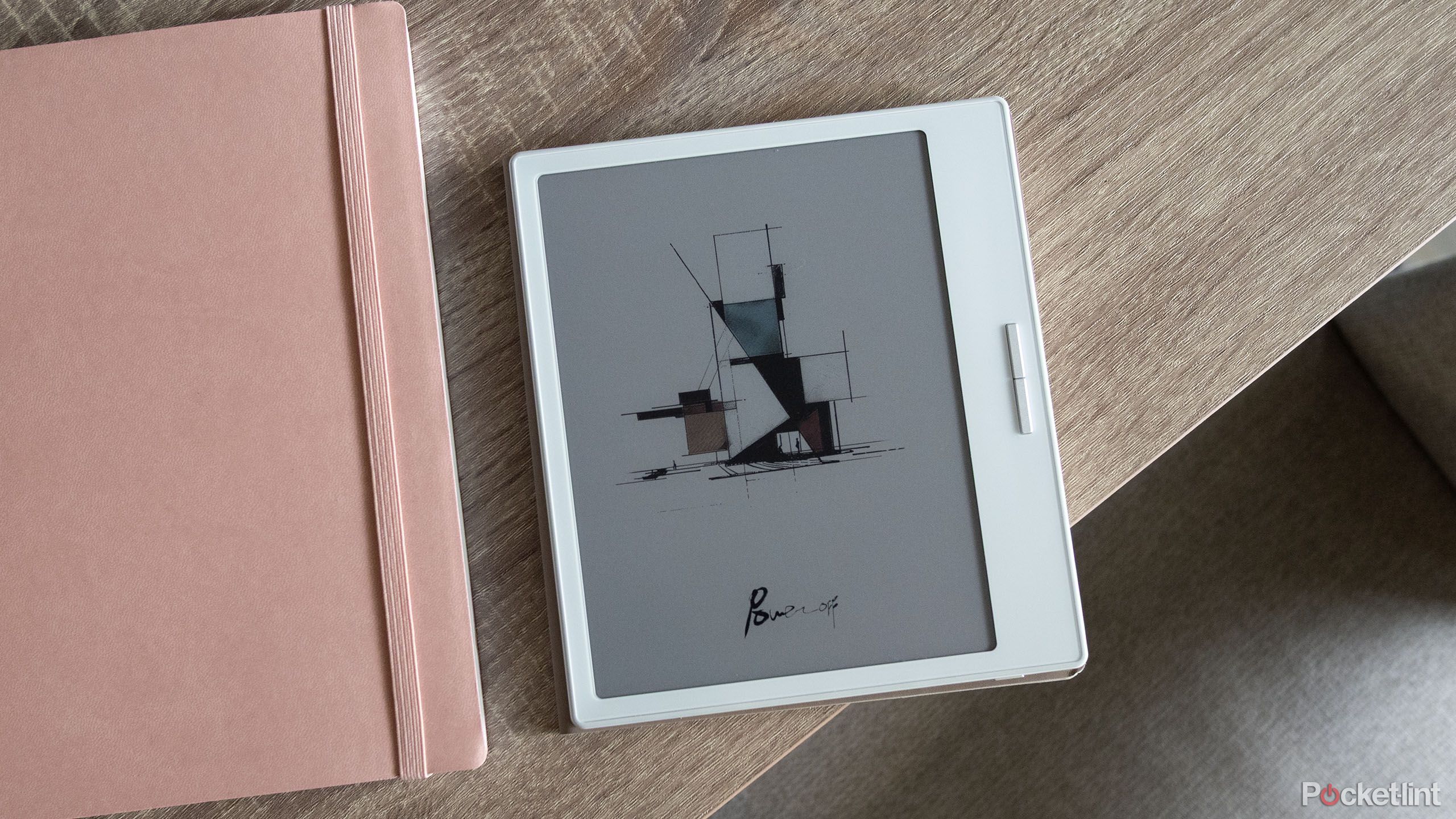
Related
3 reasons I'm not giving up my Kobo for this Android E Ink tablet
I've been using Boox's Go Color 7 for the past few weeks and have encountered a few frustrating flaws.
OLED screens are more power efficient than other display options because when a pixel is "off" it's truly off. The true blacks in your OLED TV are "true" because they represent an LED being turned off rather than switching to another color entirely. That means you could use less power than you would on an LCD or other display type where the entire screen remains on the whole time. Plenty of alternative displays reap the same benefits by only needing a backlight in the dark, rather than all the time.
E Ink is designed to reflect light in the way paper would, and can be used without a backlight at all if you're reading during the day or next to a lamp. This has a profound impact on the battery life of devices with E Ink screens. Amazon claims an entry-level Kindle can get up to six weeks of battery life on a single charge, a much longer battery life than the up to 10 hours of web browsing Apple promises on the entry-level iPad. The devices serve different purposes, and an iPad is definitely more powerful than a Kindle, but a big part of that difference has to do with how much power it takes to run the iPad's LCD.
Other alternatives, like the Sharp Memory LCD used in the Playdate, are able to pull off similar feats of battery extension. The Playdate's LCD gives the indie handheld a unique, almost calculator-style look, which makes it mainly useful in direct light, but that's worth it for a slightly longer battery life.
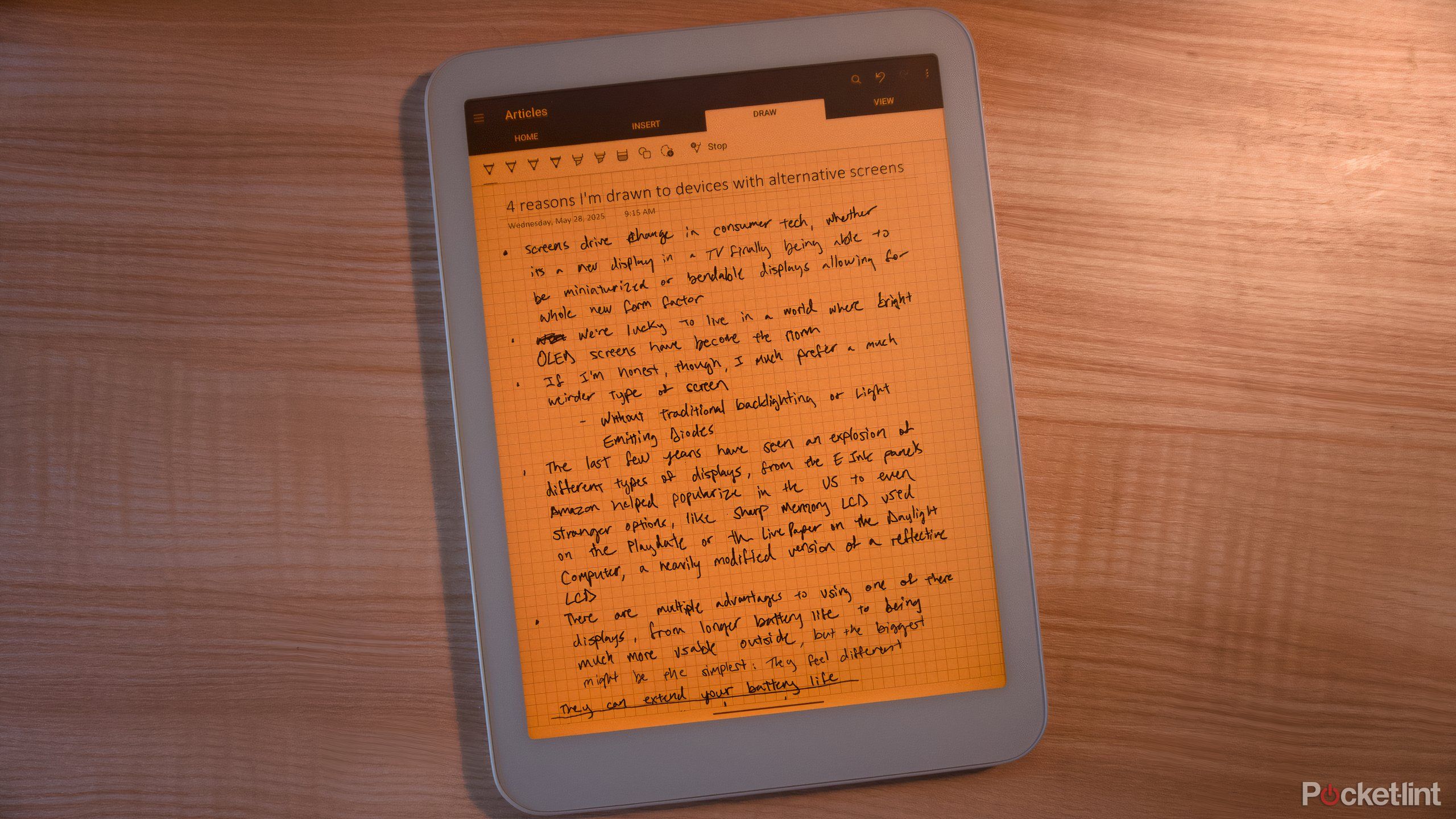
A commonly cited reason to explore other types of displays is to counter the negative health effects of staring at your smartphone or computer all day. According to some studies, being exposed to too much blue light can upset your circadian rhythm, which can impact your sleep, energy levels, and metabolic health. Daylight specifically claims that the screen flickering on normal tablet screens is a major contributor to the eye strain people feel working on a computer all day, too. That's why it's attempted to eliminate it on the "LivePaper" display it uses in the DC-1.
A warm backlight is less annoying to anyone you share a room with, too.
Daylight's custom reflective LCD works more or less like E Ink when its backlight is off, reflecting the natural light in the room or outside. When you're using the tablet at night, the tablet has a built-in orange backlight that's warm and shouldn't upset your sleep schedule. It's also been tuned to have a minimal amount of screen flicker so you don't feel tired after using it. There isn't yet a broad consensus that either issue is a dealbreaker in electronics, but at the very least, staring at a screen that you can read without shining a light in your eyes does feel better than the alternative.
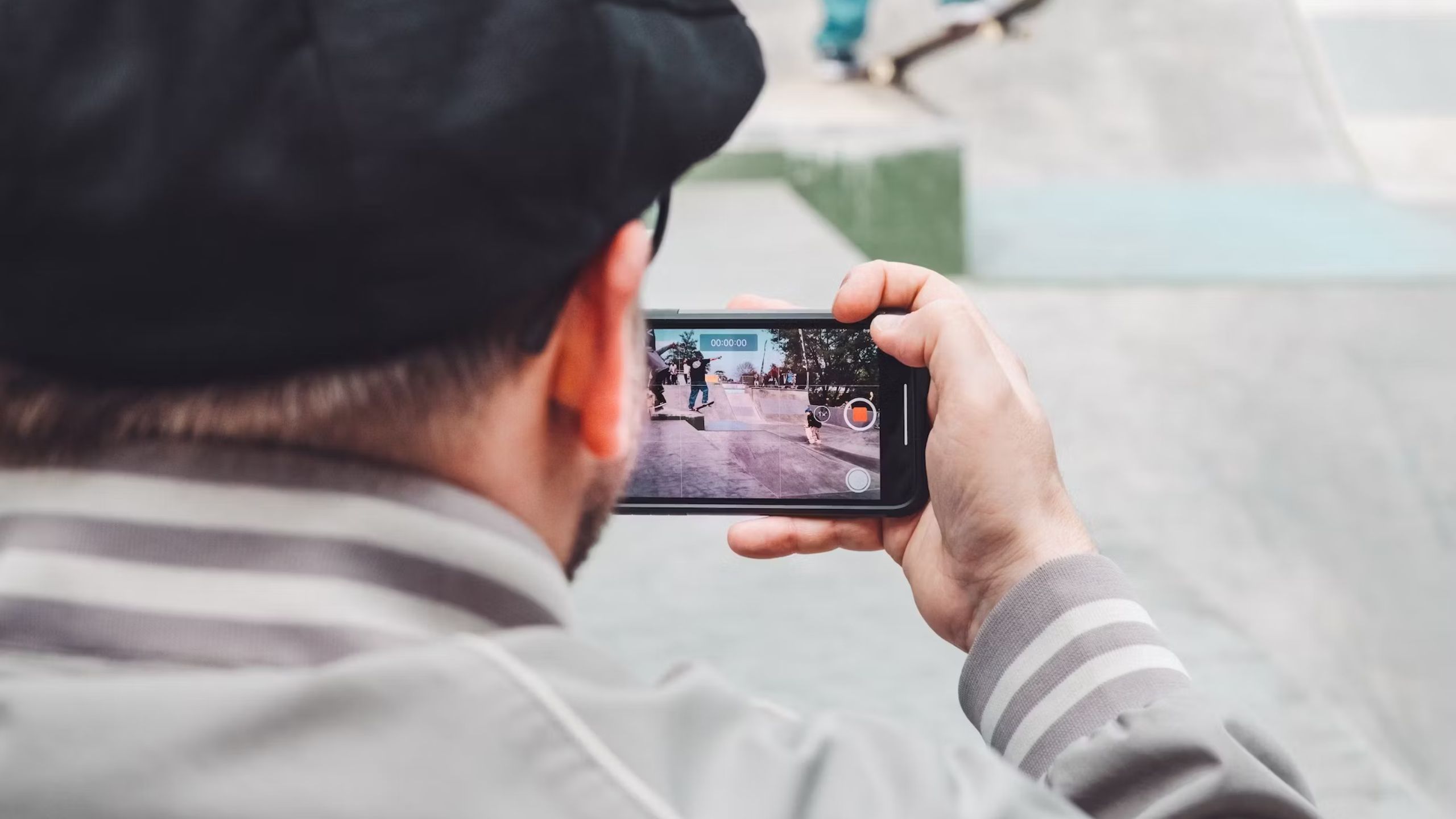
Related
How to limit the blue light from your iPhone or Android phone
Protect your eyes from straining light on your phone with a few taps on the screen.
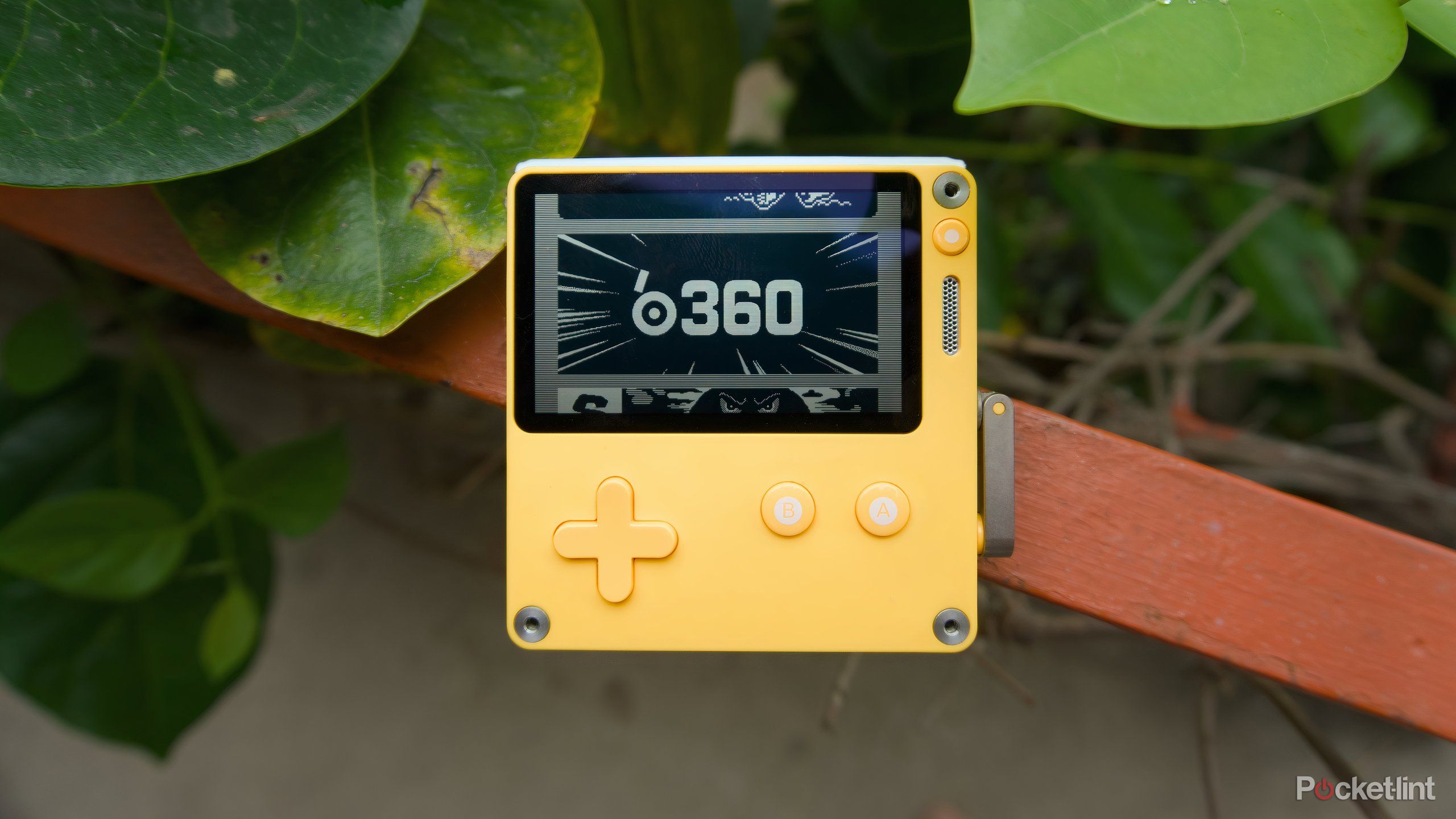
While smartphone and laptop makers have gotten around the limitations of glare with matte glass and even brighter screens, neither is an issue when you want to use a device with an E Ink screen outside. They were great with an extra light source, especially one as bright and lovingly diffused as sunlight. The Daylight DC-1, Kindle Colorsoft, and Panic Playdate make great companions to use outside. Most of the time I've spent playing the Playdate has been at the beach.
Daylight's tablet will give you an even smoother refresh rate than you can get from an E Ink screen, so smooth it can even reliably display video. You don't even have to lose out on a "normal" media experience while opting for an alternative display.
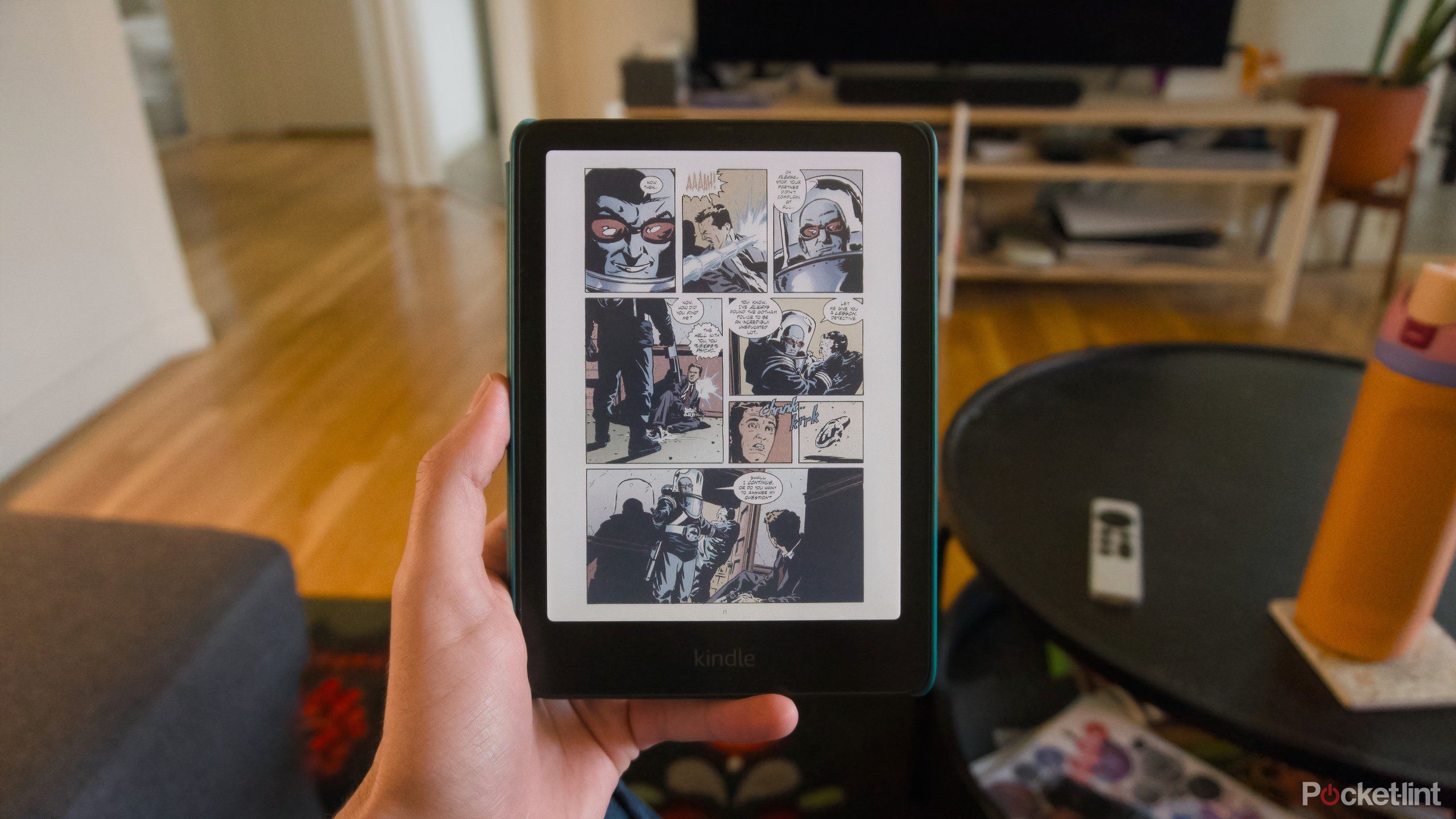
Many of the most used devices in our lives are essentially just different-sized versions of the same screens. It's a bit of a reductive judgement, but it's not entirely wrong either. Part of the reason that alternative display technology feels refreshing is that it at least leads to a gadget that behaves a little differently. If your tablet works in direct sunlight or your handheld has a monochrome screen (and a crank) it would naturally have to.
A bright, high-resolution, high-refresh-rate display wants to give you everything; an alternative display actively can't give you all of those things at once.
This is a way that what could be viewed as limitations informs how your tablet, handheld, or e-reader feels to use. A bright, high-resolution, high-refresh-rate display wants to give you everything; an alternative display actively can't give you all of those things at once. This, and other things, like being easier to use outside, make gadgets that use alternative display tech feel different from more traditional electronics, and that can be meaningful.
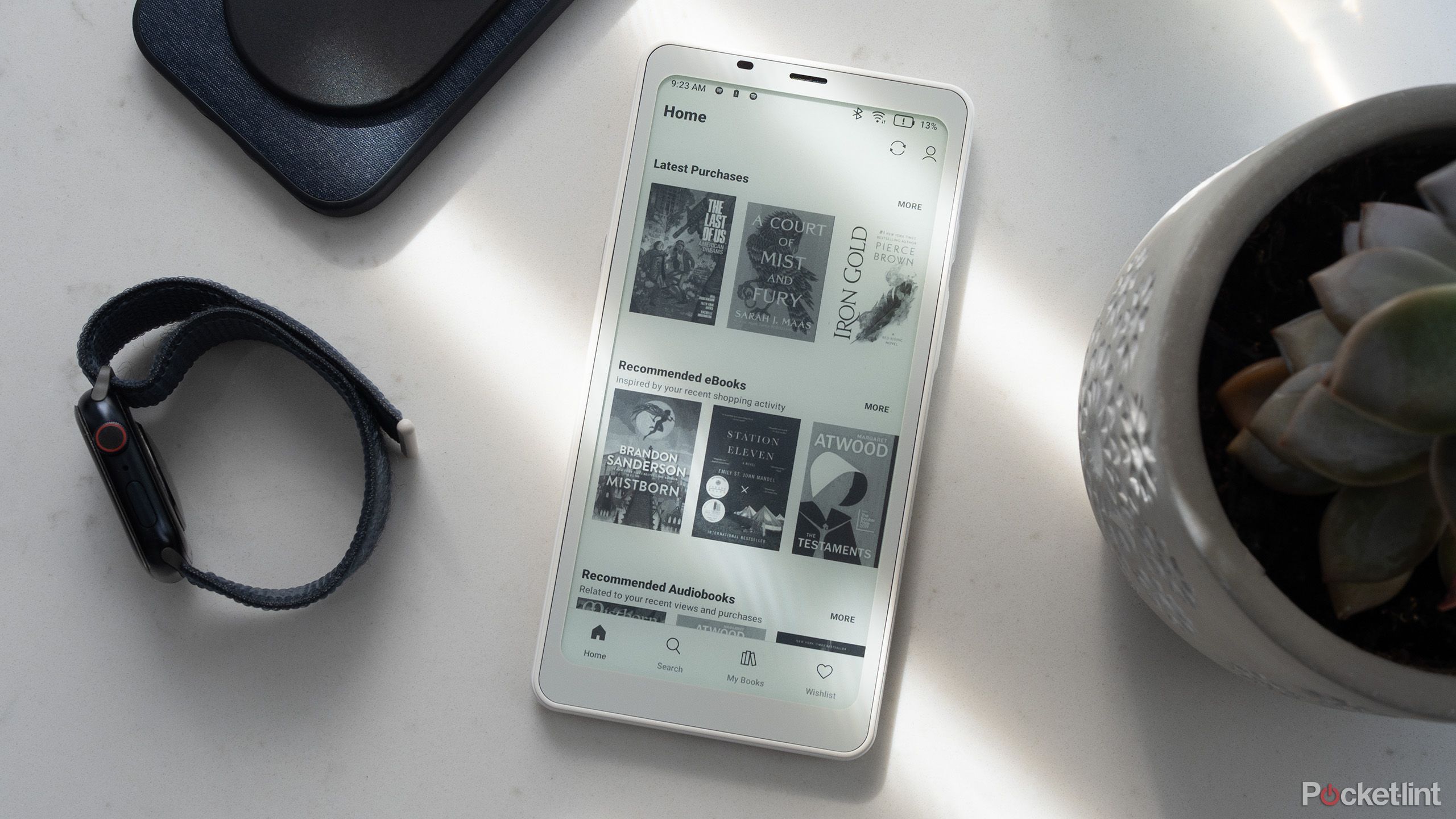
Related
Boox's Palma is a flawed E Ink gadget that helped me stop doomscrolling
The tiny e-reader has several issues, but it helped me overcome one of mine and read more.
While there are certainly good reasons we've marched towards brighter, higher-resolution, and higher-refresh rate displays, there are advantages to doing things differently. You can read just as easily on an iPad than you can on a Kindle, but that doesn't mean you won't have a better time doing it on a Kindle.
Because unique displays are often paired with specialized devices, you'll likely deal with a very different screen depending on what you need your gadget to do. For most people, I recommend an E Ink device, whether it's a fully-featured android tablet like the Boox Go 7 Color Gen II or something that just excels at ready, like the 2024 Kindle Paperwhite. Both devices can show you the strengths of what might seem like a more limited screen, and will look good doing it.
